5 Most Common Types of Petrochemical Valves
Valves are used in a variety of industry types in order to control flow and pressure of liquid, gas, oil, vapor, etc. They effectively control the piping system, which is especially critical when working with chemicals and extreme pressure/temperature as you do in the petrochemical industry.
Petroleum is used for a number of applications in everything from creating plastics to rubber, and the petrochemical industry works at refining these products as well as fiber raw and natural gas materials.
While there are many types of valves out there, this article is going to detail five of the most common petrochemical valves. We’ll detail how the valve works and what it does for the petrochemical industry.
1. Plug Valve
This cylindrical or cone-shaped valve works to either allow or stop (aka “plug”) the flow. It switches between the “open” and “plugged” position via rotation.
In the open position, the internal hollow passages are open and allow the liquid and/or chemicals to flow. In the “plugged” position, the valve is rotated to block the hollow internal passages and stop flow. Check out this video to see a visual of how this works.
Since they are high-capacity valves that can handle high temperatures and function best in low-pressure applications, they are often used in petroleum pipelines.
2. Globe Valves
Globe valves work only in one direction, so you must make sure to install them correctly. They can be used to stop and start flow with high precision, which effectively regulates many pipe systems. These type of valves are often used for oil, fuel, and chemical control and transport in the petrochemical industry.
They’re versatile in their design and are easy to maintain, which is great for this industry. O-SEAL® Globe Valves from CPV are examples of this type; they are designed to ensure leak-proof, bubble-tight seating for thousands of cycles.
3. Knife Gate Valves
Petroleum is a viscous and thick substance, which is why knife gate valves are often used. Knife gate valves can easily cut through thicker substances and fluids like petroleum. However, they aren’t good under high pressure, which limits their versatility.
As the name suggests, this valve uses a knife-like blade that physically cuts through thick substances to regulate flow.
4. Slide Gate Valves
The slide gate valve is a linear motion valve that, unlike the knife gate valve, is designed to handle dry powders, granules, pellets, etc. It uses a sliding plate, as opposed to the blade in a knife gate valve, in order to stop the flow of dry materials.
Depending on the application in the petrochemical industry, you could use either a knife gate or a slide gate valve.
5. Vacuum Relief Valves
Vacuum relief valves are also called “breather” valves because they provide pressure and temperature relief to pipes and tanks.
Many areas of the petrochemical industry will result in building high pressure and temperature that needs to be relieved to avoid dangerous explosions, damage, and other consequences.
Before installing, speak with your manufacturer to ensure that it follows the American Petroleum Institute’s standards.
Using the Right Petrochemical Valves Is Important for Safety and Efficiency
These five common petrochemical valves ensure the petrochemical industry runs smoothly in all contexts. They’re also imperative for maintaining safety.
Need more information? Contact us to learn more and ask any questions you still have.

 Once the oil has been extracted, typically the water will be removed from the hydrocarbons, and natural gas liquids will be separated from the fluid stream. Sometimes sour gas, raw petroleum containing hydrogen sulfide, is present. Due to its highly corrosive, flammable, and toxic nature, special handling is required including the use of corrosion-resistant valve materials.
Once the oil has been extracted, typically the water will be removed from the hydrocarbons, and natural gas liquids will be separated from the fluid stream. Sometimes sour gas, raw petroleum containing hydrogen sulfide, is present. Due to its highly corrosive, flammable, and toxic nature, special handling is required including the use of corrosion-resistant valve materials.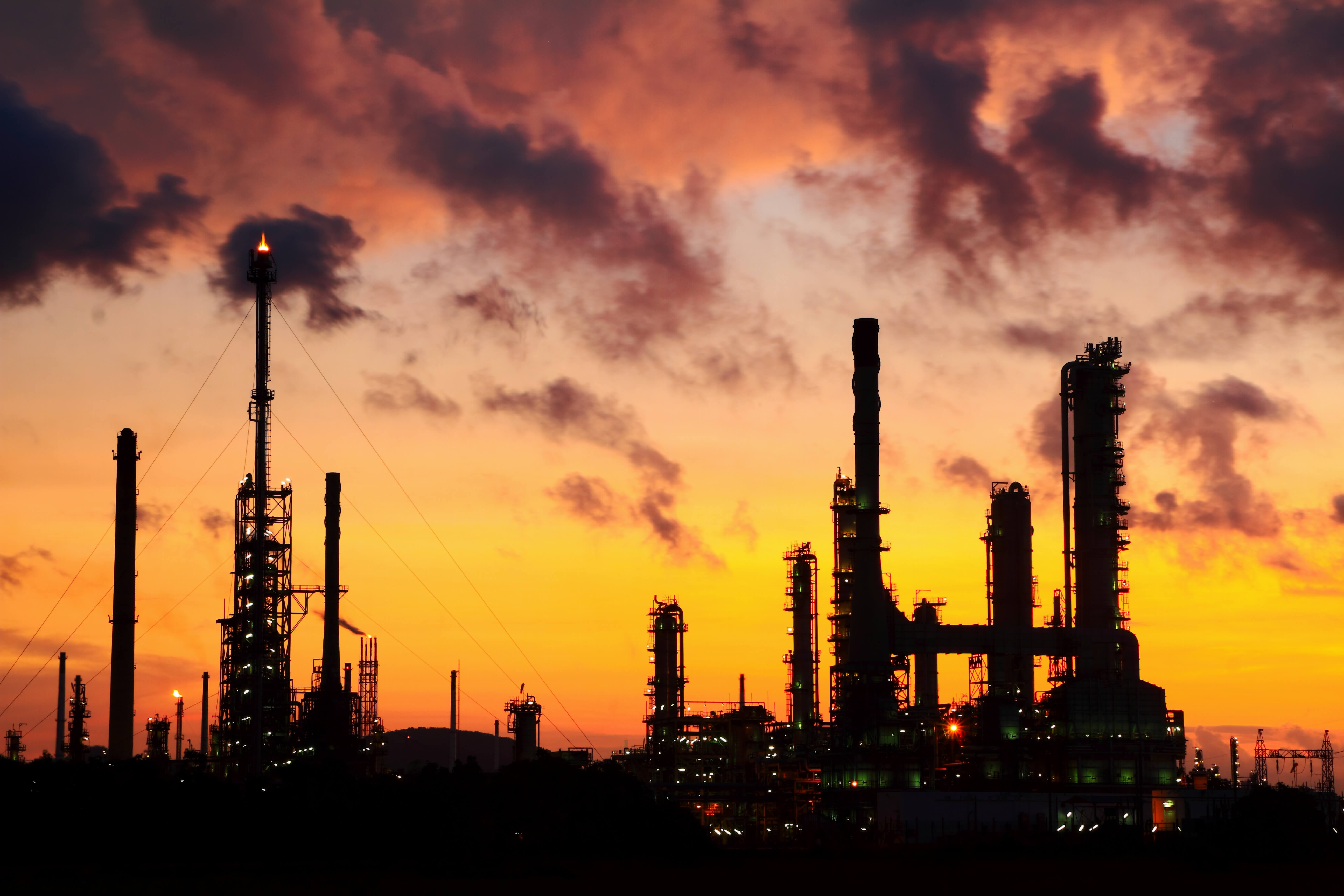 Increasing pressure from the public and lawmakers about global warming and other environmental hazards has resulted in stricter standards for fugitive emissions. Fugitive emissions are gases or vapors, such as volatile organic compounds (VOCs) and greenhouse gases, that leak from pressurized equipment into the atmosphere. Fugitive emissions are costly not only in terms of human and environmental health, but they also pose a threat to profits in many industries.
Increasing pressure from the public and lawmakers about global warming and other environmental hazards has resulted in stricter standards for fugitive emissions. Fugitive emissions are gases or vapors, such as volatile organic compounds (VOCs) and greenhouse gases, that leak from pressurized equipment into the atmosphere. Fugitive emissions are costly not only in terms of human and environmental health, but they also pose a threat to profits in many industries.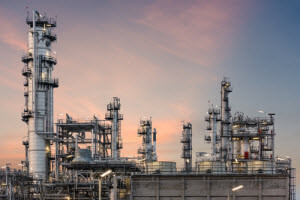 will
will 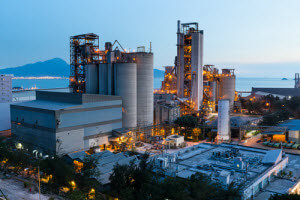 As a global stage for communications, the best start-ups will have a chance to receive opportunities to work with these and other global chemical leaders. These opportunities can help participants find investors and ultimately turn the best ideas and projects into a full industrial production.
As a global stage for communications, the best start-ups will have a chance to receive opportunities to work with these and other global chemical leaders. These opportunities can help participants find investors and ultimately turn the best ideas and projects into a full industrial production.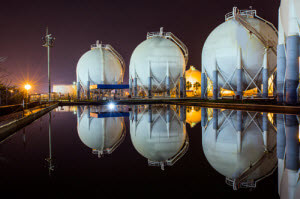 The upstream market stage in the petrochemical industry refers to the exploration and production of natural gas and crude oil. It’s the first process in the industry, and it focuses on finding economically viable sources of petroleum products.
The upstream market stage in the petrochemical industry refers to the exploration and production of natural gas and crude oil. It’s the first process in the industry, and it focuses on finding economically viable sources of petroleum products.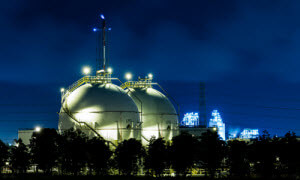 Once petroleum products are recovered in the upstream sector, they move into the midstream sector of the
Once petroleum products are recovered in the upstream sector, they move into the midstream sector of the  Monitoring systems in plants used to be a difficult task for many companies in the oil and gas industry, but the IoT is working to change that. With
Monitoring systems in plants used to be a difficult task for many companies in the oil and gas industry, but the IoT is working to change that. With  We already know that the IoT communicates system information to other connected mobile devices. However, it can also store the important data a company needs in an online storage unit, like a cloud computing system.
We already know that the IoT communicates system information to other connected mobile devices. However, it can also store the important data a company needs in an online storage unit, like a cloud computing system. It’s simple economics. Oil prices are low because companies are still producing oil even with decreased global demand. Essentially, oil prices drop because the supply of oil outweighs the overall demand for it.
It’s simple economics. Oil prices are low because companies are still producing oil even with decreased global demand. Essentially, oil prices drop because the supply of oil outweighs the overall demand for it. On top of that, low oil prices have resulted in lower earnings for many global companies and producers. Because of this, companies have been forced to decommission more than half of their rigs and reduce their investments in exploration and production, according to
On top of that, low oil prices have resulted in lower earnings for many global companies and producers. Because of this, companies have been forced to decommission more than half of their rigs and reduce their investments in exploration and production, according to  Throughout the years, countries like the United States, China, Russia, and Saudi Arabia have been named the world’s biggest oil-producing countries.
Throughout the years, countries like the United States, China, Russia, and Saudi Arabia have been named the world’s biggest oil-producing countries. Currently, the oil industry is booming. With several new plants and more countries contributing to the global oil supply, the world has more than enough to meet consumer demands. But many don’t consider that to be good news.
Currently, the oil industry is booming. With several new plants and more countries contributing to the global oil supply, the world has more than enough to meet consumer demands. But many don’t consider that to be good news. Gas prices have been on the decline and will continue to fall during the remainder of the year and maybe into 2017.
Gas prices have been on the decline and will continue to fall during the remainder of the year and maybe into 2017. The continuing focus on the environment and climate change has become one of the biggest oil and gas industry trends for 2016. Because of this, we’ve seen many companies adopt environmentally friendly production methods to reduce the world’s carbon footprint.
The continuing focus on the environment and climate change has become one of the biggest oil and gas industry trends for 2016. Because of this, we’ve seen many companies adopt environmentally friendly production methods to reduce the world’s carbon footprint. One of the biggest concerns of using natural gas as an energy source is its sustainability. Natural gas is a non-sustainable and non-renewable form of energy. This means the global supply will run out at some point. Plus, depending on how high the demand is, we could run out of natural gas sooner than anticipated.
One of the biggest concerns of using natural gas as an energy source is its sustainability. Natural gas is a non-sustainable and non-renewable form of energy. This means the global supply will run out at some point. Plus, depending on how high the demand is, we could run out of natural gas sooner than anticipated.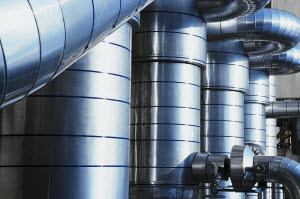 While the disadvantages of natural gas are substantial, natural gas does offer a number of benefits. For example, while natural gas may emit greenhouse gases, it’s the cleanest burning fossil fuel available.
While the disadvantages of natural gas are substantial, natural gas does offer a number of benefits. For example, while natural gas may emit greenhouse gases, it’s the cleanest burning fossil fuel available.